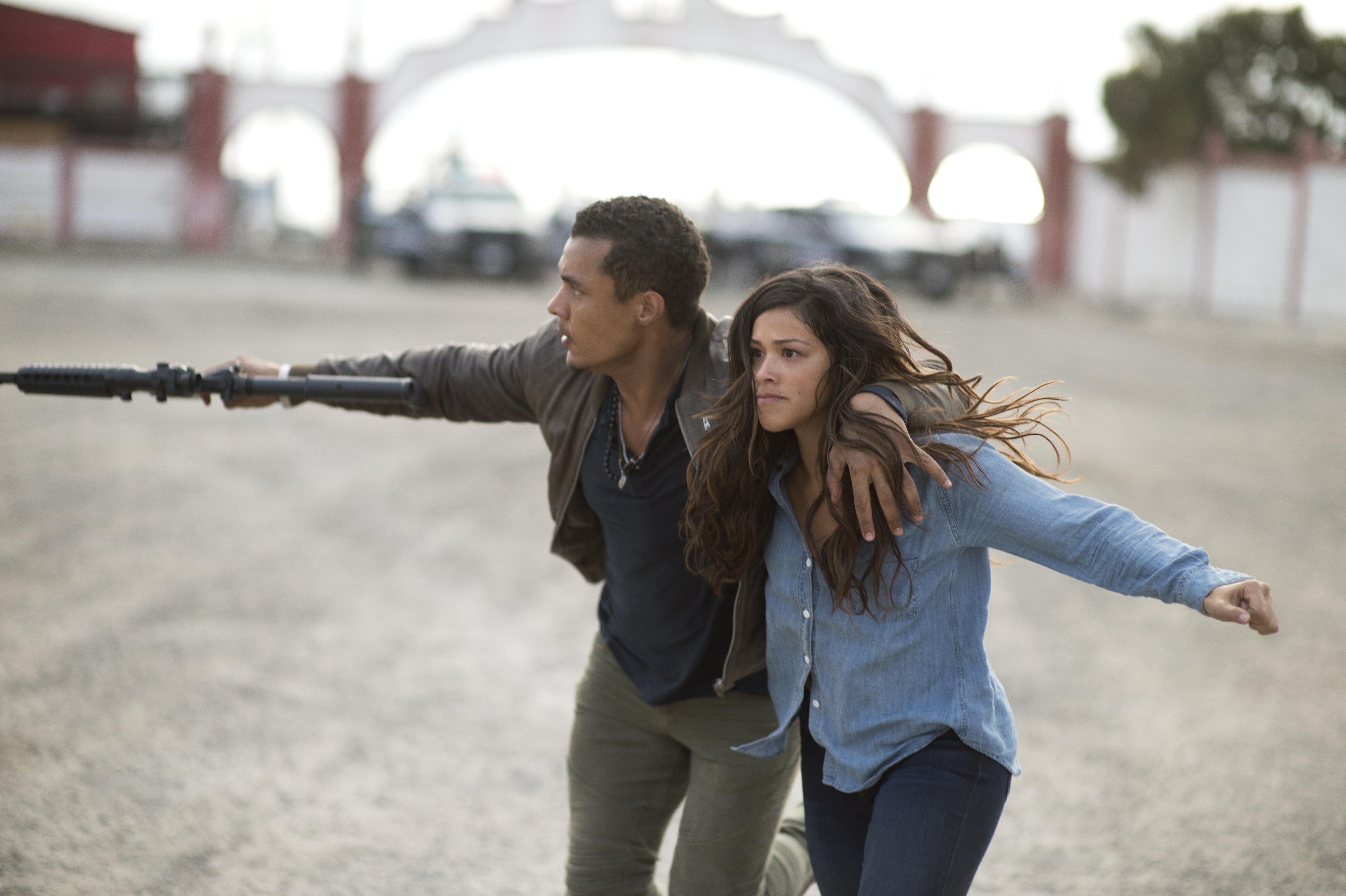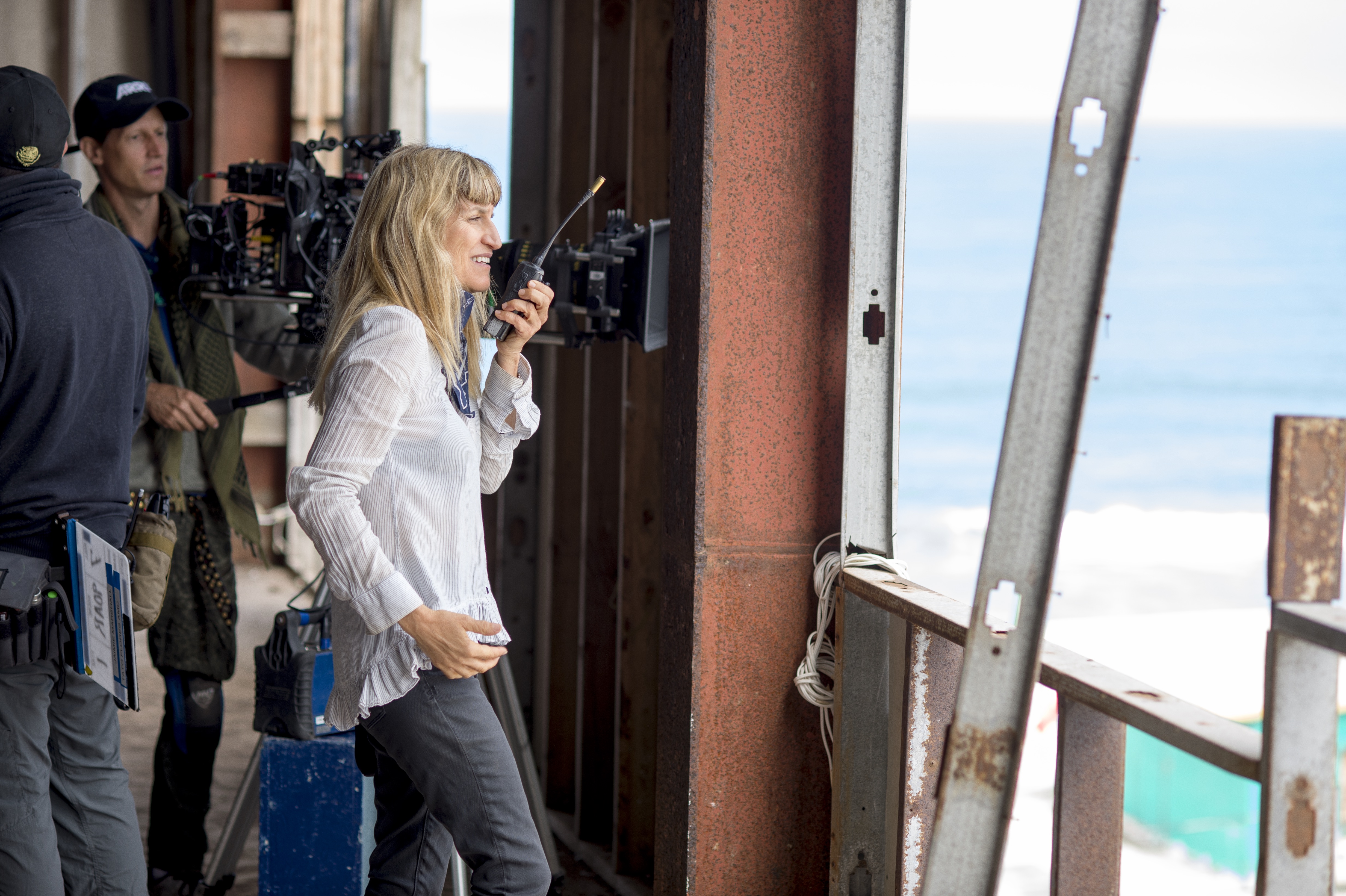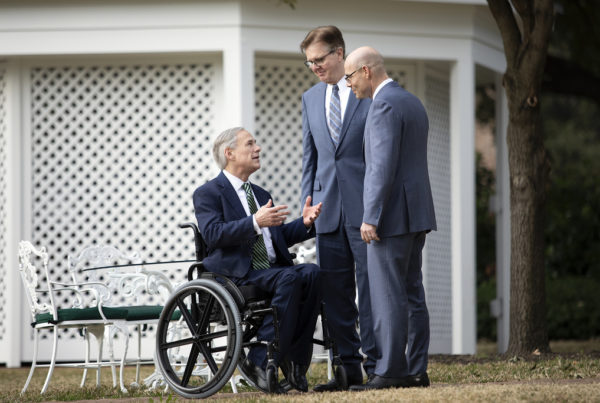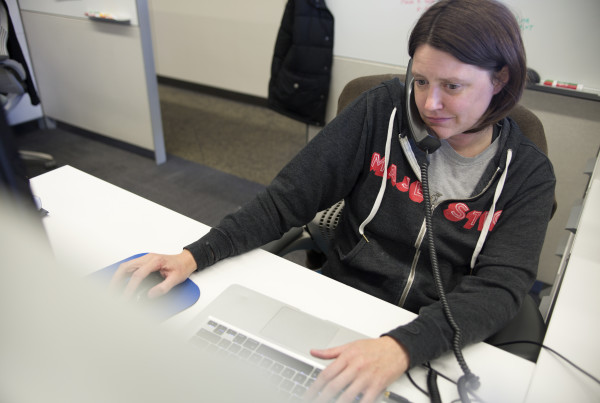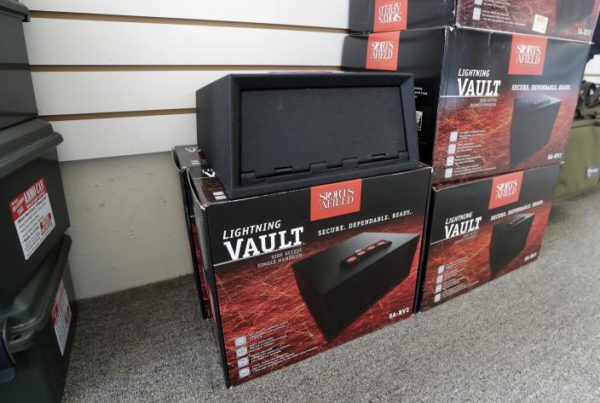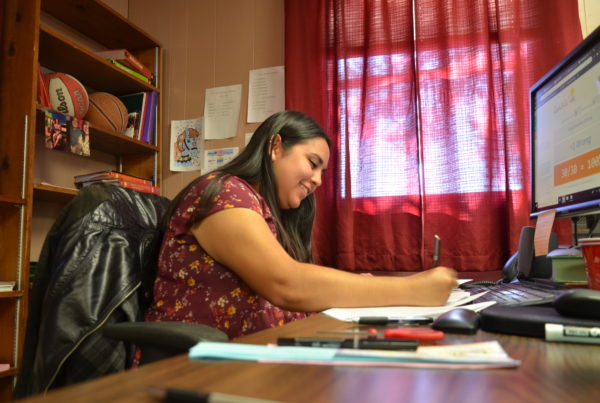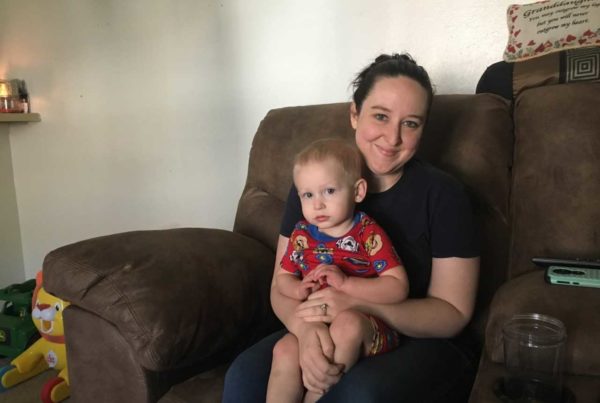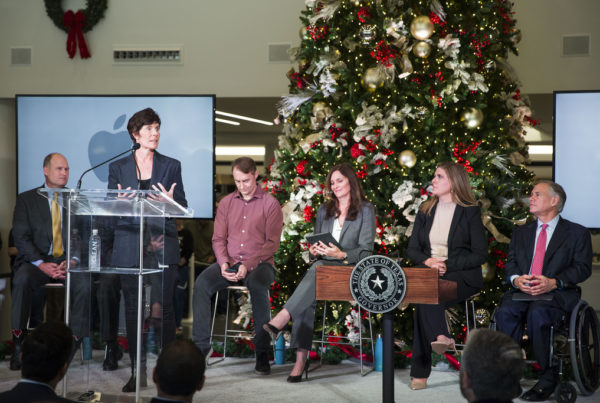Catherine Hardwicke is director of “Miss Bala,” an action film inspired by the true story of Laura Zúñiga, a Mexican beauty pageant contestant who was kidnapped by a drug cartel.
“One week she had her picture in the paper for being a beauty queen, and three weeks later, her picture is in the paper because she’s now driving the getaway car for a cartel,” Hardwicke says.
Hardwicke says her depiction of the story is different because the Zúñiga-inspired character named Gloria (played by Gina Rodríguez) is “much more active” in her pursuit to save herself and her friend.


